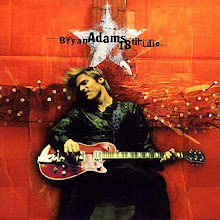Tunneling protocols can be used in a point-to-point topology that would generally not be considered a VPN, because a VPN is accepted to support arbitrary and changing sets of network nodes. Since most router implementations support software-defined tunnel interface, customer-provisioned VPNs are often simply a set of tunnels over which conventional routing protocols run. PPVPNs, however, need to support the coexistence of multiple VPNs, hidden from one another, but operated by the same service provider.
[edit] Building Blocks
Depending on whether the PPVPN is layer 2 or layer 3, the building blocks described below may be L2 only, L3 only, or combinations of the two. MPLS functionality blurs the L2-L3 identity.
While these terms were generalized to cover L2 and L3 VPNs in RFC 4026, they were introduced in [4].
Customer Edge Device (CE)
In general, a CE is a device, physically at the customer premises, that provides access to the PPVPN service. Some implementations treat it purely as a demarcation point between provider and customer responsibility, while others allow it to be a customer-configurable device. ok
Provider Edge Device (PE)
A PE is a device or set of devices, at the edge of the provider network, which provides the provider's view of the customer site. PEs are aware of the VPNs that connect through them, and do maintain VPN state.
Provider Device (P)
A P device is inside the provider's core network, and does not directly interface to any customer endpoint. It might, for example, be used to provide routing for many provider-operated tunnels that belong to different customers' PPVPNs. While the P device is a key part of implementing PPVPNs, it is not itself VPN-aware and does not maintain VPN state. Its principal role is allowing the service provider to scale its PPVPN offerings, as, for example, by acting as an aggregation point for multiple PEs. P-to-P connections, in such a role, often are high-capacity optical links between major locations of provider.

No comments:
Post a Comment